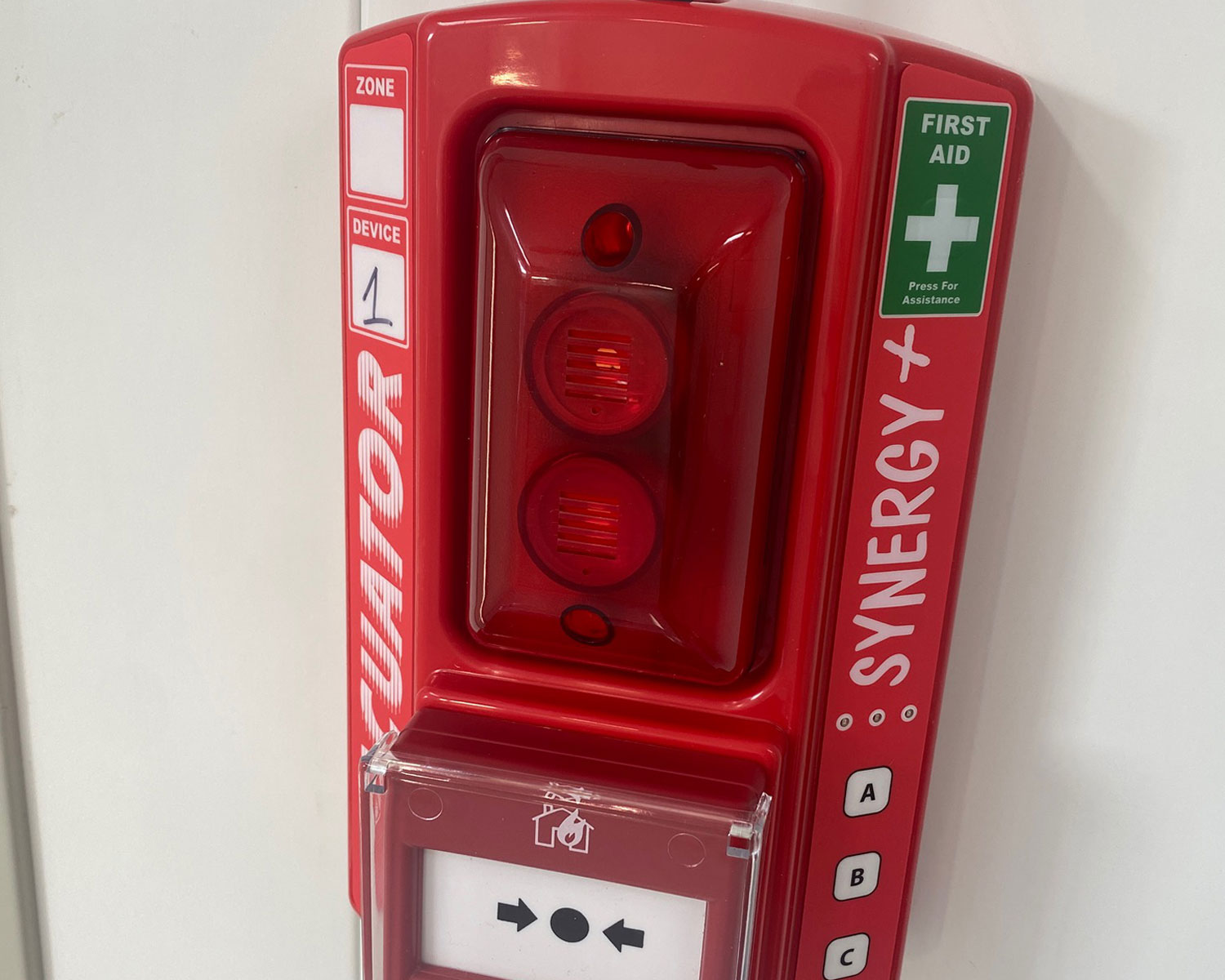HMOs (houses of multiple occupation) can be fantastic assets. However, they do present unique challenges due to their nature. There are some really important things to think about to ensure they are safe for inhabitants. Most crucially, you need to ensure each property has a sufficient fire alarm system. We want to have a closer look at that here, offering some useful details. Then, if you want to arrange fire alarm installations in Hartlepool or other parts of Teesside, you can rely on us.
Understanding the properties
A HMO is basically a property with multiple tenants sharing spaces like a kitchen. To classify as one, there needs to be at least 3 people from more than a single household.
There are a couple of typical examples of HMOs. One is a large student house. Tenants have private residential space, typically a bedroom (sometimes with an ensuite). They then share a kitchen, laundry room, and other communal areas. Another example is a bedsit. Here the tenants generally rent a room, sometimes with cooking facilities, but then share other spaces like a bathroom.
Fire safety
HMOs need a suitable fire alarm system to ensure the safety and wellbeing of tenants. However, the requirements can differ greatly depending on the size of the property and layout. You need to check to see what will be required, and must ensure you comply with the necessary standards. If you come to us for fire alarm installation in Hartlepool, we’ll ensure it complies with BS 5839.
In some cases, you will need a Grade D1 alarm system. It is suitable for low risk residential properties. There must be one or more interlinking mains-powered smoke alarms (plus heat detectors if necessary). The whole system must have a tamper-proof back up supply. Crucially, the systems can have a hardwire link or radio-link between them. As a result, you don’t need fire alarm panels.
If the HMO is higher risk, you need a Grade A alarm system. There are stricter requirements here, including the inclusion of a fire alarm panel, detectors, sounders, beacons, and other equipment to suit the layout of the property. Systems must comply with BS EN 54.
Detection categories
One of the most important things to think about with HMOs is the level of risk will be different in various parts of the property. You will need additional measures in areas with a higher risk. For example, kitchens generally should have additional heat alarms. If you need fire alarm installation in Hartlepool, we can advise you about what equipment you’ll require.
There are three distinct categories you need to be aware of:
LD1 – this signifies the area needs the maximum level of life protection. In HMOs, any circulation spaces that are part of an escape route fall into this category because they are essential for evacuation. Any rooms that have a high risk of a fire starting are also LD1.
LD2 – this signifies you need a medium level of life protection. In HMOs, it also includes circulation spaces that are part of escape routes. Plus, it includes areas where there is a high fire risk, such as dining rooms.
LD3 – finally, we have areas that only need a low level of life protection. This includes circulation spaces. Generally they won’t need additional measures.
Ask us about fire alarm installation in Hartlepool
ABC Fire Safety & Security is a fantastic team you can rely on for key life preservation solutions. We offer vital services such as fire risk assessments, fire door inspections, and extinguisher supply and servicing. We’ll achieve the highest standards for our clients, ensuring you comply with the law.
So, if you need fire alarm installation in Hartlepool, especially for HMOs or commercial properties, speak to us. We can arrange a consultation and advise you.





